Welcome to the ultimate guide to the best budget hiking trips in South America! If you’re an adventure enthusiast seeking breathtaking landscapes, diverse flora and fauna, and thrilling hiking experiences, you’ve come to the right place. South America offers a plethora of hiking trails that cater to different skill levels and budgets. In this article, we’ll explore the top budget hiking trips in South America, providing you with detailed information, tips, and recommendations for an unforgettable adventure.
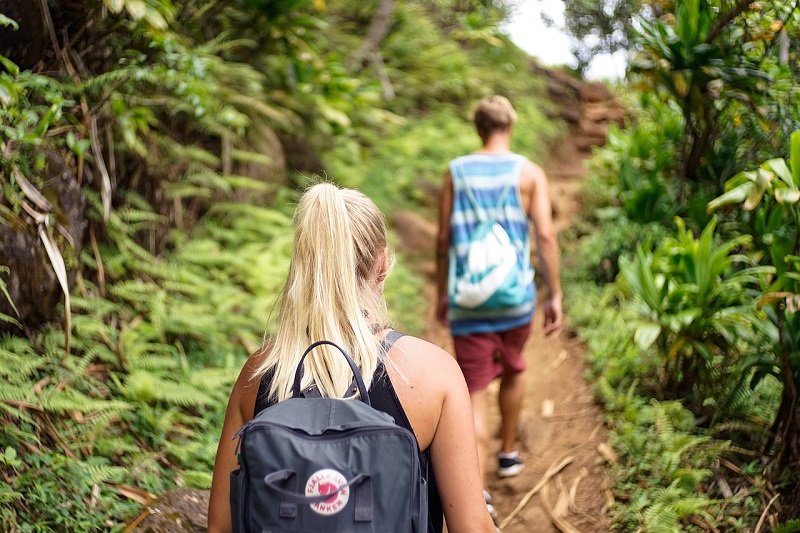
Hiking Essentials
Before embarking on any hiking trip, it’s essential to be well-prepared. Here are a few essential items you should consider packing for your South American hiking tours:
- Sturdy Hiking Boots: Invest in a good pair of hiking boots that provide excellent traction and ankle support.
- Weather-Appropriate Clothing: Pack layers of clothing suitable for the varying climates you may encounter during your hikes.
- Navigation Tools: Carry a detailed map, compass, or GPS device to ensure you stay on the right track.
- Backpack: Choose a comfortable backpack with sufficient capacity to carry your essentials.
- Water and Food: Carry an ample supply of water and energy-rich snacks to keep you hydrated and fueled.
- First Aid Kit: Prepare a compact first aid kit with essential supplies for any minor injuries or emergencies.
- Sun Protection: Don’t forget to pack sunscreen, sunglasses, and a hat to protect yourself from the sun’s harmful rays.
- Insect Repellent: South America is known for its diverse insect population, so pack a reliable insect repellent.
- Cash and Identification: Carry some local currency and your identification documents for convenience and safety.
Solo Hiking Trips: Explore the Beauty of Nature on Your Own
The Allure of Solo Hiking
Solo hiking holds a unique charm that appeals to adventurers seeking solitude, self-discovery, and a break from the hustle and bustle of everyday life. It allows you to escape the confines of routine, immerse yourself in natural beauty, and challenge your physical and mental boundaries. Whether you’re a seasoned hiker or a beginner, solo hiking offers an opportunity to experience the wonders of the world with a renewed sense of freedom and independence.
Preparing for Your Solo Hiking Trip
Before embarking on a solo hiking adventure, meticulous planning is essential. Start by researching your chosen destination, considering factors such as weather conditions, terrain difficulty, and permit requirements. Create a detailed itinerary, noting key landmarks, campsites, and potential water sources along the way. Inform a trusted friend or family member about your trip, sharing your itinerary and expected return date. Additionally, familiarize yourself with basic first aid techniques and pack a well-stocked medical kit.
Choosing the Right Destination
Selecting the perfect destination for your solo hiking trip depends on your preferences and skill level. If you’re a beginner, opt for well-marked trails and popular national parks that offer visitor services and safety measures. For experienced hikers seeking a more challenging expedition, consider remote and lesser-known destinations that provide an immersive wilderness experience. Research the flora, fauna, and geological features of the area, ensuring it aligns with your interests and expectations.
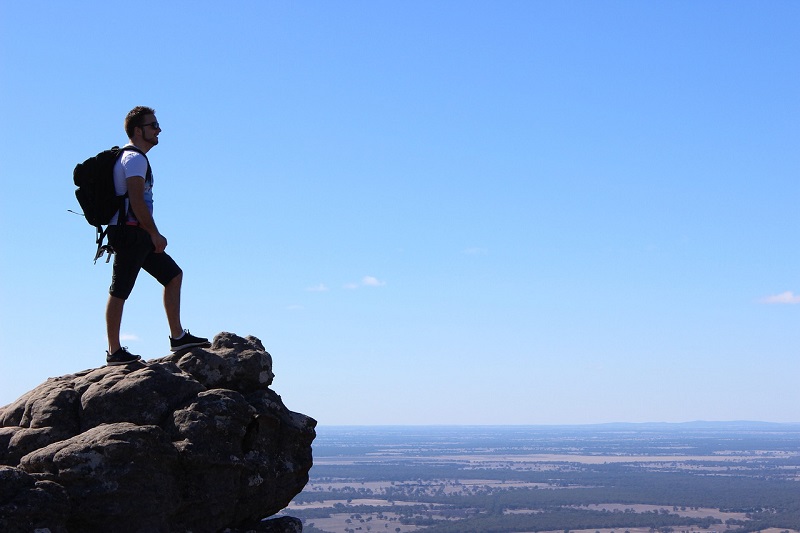
Navigation and Safety Precautions
Navigation skills are crucial for solo hikers to ensure they stay on the right path and reach their destinations safely. Learn how to read a map, use a compass, and navigate with a GPS device. Research the trail in advance, noting any potential dangers, challenging sections, or alternative routes. It’s essential to familiarize yourself with trail markers and understand how to interpret them accurately. Prioritize safety by informing park authorities or local rangers about your solo hiking plans, especially if you’re venturing into remote areas. Stay updated on weather conditions and be prepared to adjust your itinerary accordingly to avoid hazardous situations.
Solo Hiking Skills and Techniques
Solo hiking requires specific skills and techniques to ensure a smooth and enjoyable journey. Practice proper hiking posture and walking techniques to minimize strain on your body. Learn how to pack your backpack efficiently, distributing weight evenly to maintain balance and stability. Master basic outdoor survival skills, such as building a shelter, starting a fire, and finding and purifying water sources. Acquire knowledge of flora and fauna to enhance your wilderness experience and avoid potential hazards.
Nurturing a Positive Mindset
Embarking on a solo hiking trip not only tests your physical endurance but also challenges your mental resilience. Embrace a positive mindset by setting realistic goals, acknowledging and embracing uncertainties, and cultivating self-confidence. Embrace solitude as an opportunity for self-reflection and personal growth. Be prepared to face solitude-induced thoughts and emotions, and develop strategies to cope with them effectively. Practice mindfulness and stay present in the moment, allowing nature to work its magic on your soul.
Responsible Outdoor Practices
As a solo hiker, it’s crucial to practice responsible outdoor ethics to preserve the beauty and integrity of the natural environment. Leave no trace by packing out all your trash and disposing of it properly. Respect wildlife by observing from a distance and refraining from feeding or approaching them. Stay on designated trails to minimize damage to fragile ecosystems. Educate yourself on local regulations and guidelines, and adhere to them diligently. By practicing responsible outdoor practices, you contribute to the preservation of natural spaces for future generations.
Connecting with Fellow Solo Hikers
Although solo hiking is often associated with solitude, it doesn’t mean you can’t connect with like-minded individuals along the way. During your solo hiking trip, you may encounter fellow hikers who are also seeking their own unique adventures. Engage in conversations, share experiences, and exchange tips and recommendations. Connecting with other solo hikers can provide a sense of camaraderie, support, and shared passion for exploration. However, always prioritize your safety and use your judgment when interacting with strangers in remote areas.
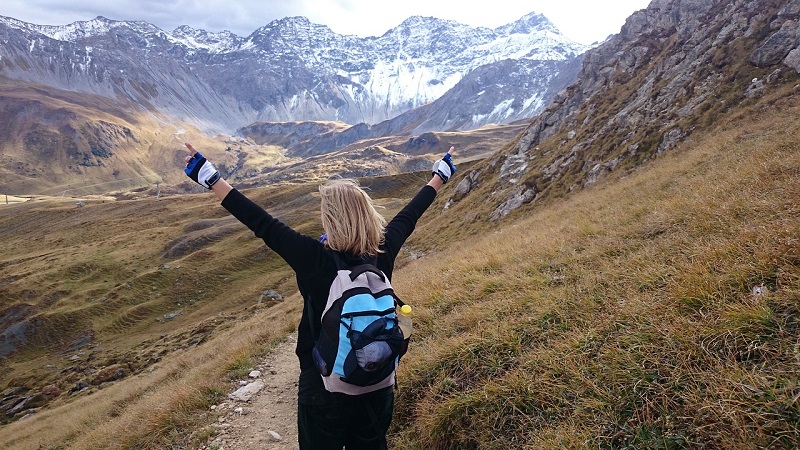
Overcoming Challenges and Fears
Solo hiking is not without its challenges and fears, but it’s through overcoming them that personal growth thrives. Whether it’s fear of getting lost, encountering wildlife, or facing physical exhaustion, develop strategies to conquer these obstacles. Educate yourself about potential dangers and take appropriate precautions. Break down challenges into smaller, manageable steps, and celebrate each accomplishment along the way. Remember that overcoming challenges builds resilience and strengthens your confidence in tackling future endeavors.
Capturing Memories: Photography Tips
Documenting your solo hiking trip through photography allows you to relive the magical moments and share your experiences with others. Here are some photography tips to help you capture the essence of your journey:
- Research: Study the location and identify key photographic opportunities in advance.
- Composition: Use the rule of thirds, leading lines, and framing techniques to create visually pleasing images.
- Lighting: Make the most of the golden hour (early morning and late afternoon) for soft, warm lighting. Avoid harsh midday sunlight.
- Perspective: Experiment with different angles and viewpoints to add depth and interest to your photographs.
- Nature details: Capture close-up shots of flowers, leaves, and textures to showcase the beauty of the natural world.
- Landscapes: Include foreground elements to create depth and emphasize the scale of the landscape.
- Action shots: Freeze motion by using a fast shutter speed to capture hikers in action or waterfalls in mid-flow.
- Weather: Embrace different weather conditions for unique and dramatic shots.
- Storytelling: Select images that tell a story and evoke emotions, creating a visual narrative of your solo hiking adventure.
Remember, photography should never take precedence over safety or disrupt the natural environment. Respect wildlife and sensitive areas by observing from a distance and refraining from trampling vegetation.
5 Best Budget Hiking Trips in South America
1. The Inca Trail, Peru
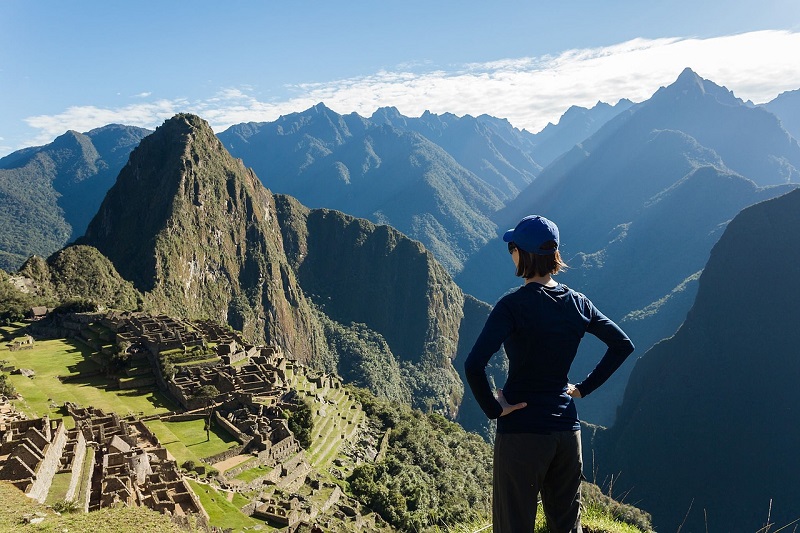
The Inca Trail in Peru is a classic hiking route leading to the ancient ruins of Machu Picchu. This multi-day trek offers stunning mountain views, lush cloud forests, and a glimpse into the rich Inca history. While there are permit fees involved, the overall cost of the trek can be budget-friendly with the right planning.
2. Torres del Paine Circuit, Chile
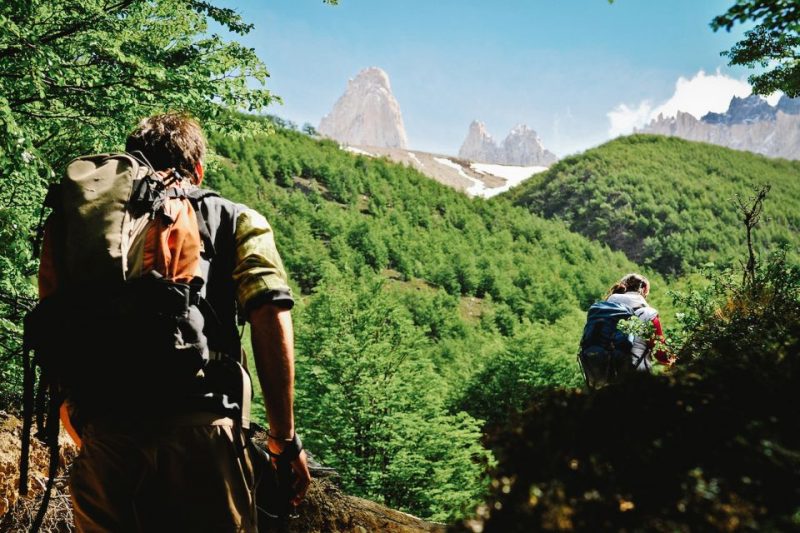
The Torres del Paine Circuit in Chile is a challenging yet rewarding hiking experience. This trail takes you through awe-inspiring landscapes, including granite peaks, glaciers, and turquoise lakes. With well-maintained campsites and refugios along the way, it’s possible to complete this hike on a budget by camping and preparing your own meals.
3. Ciudad Perdida Trek, Colombia
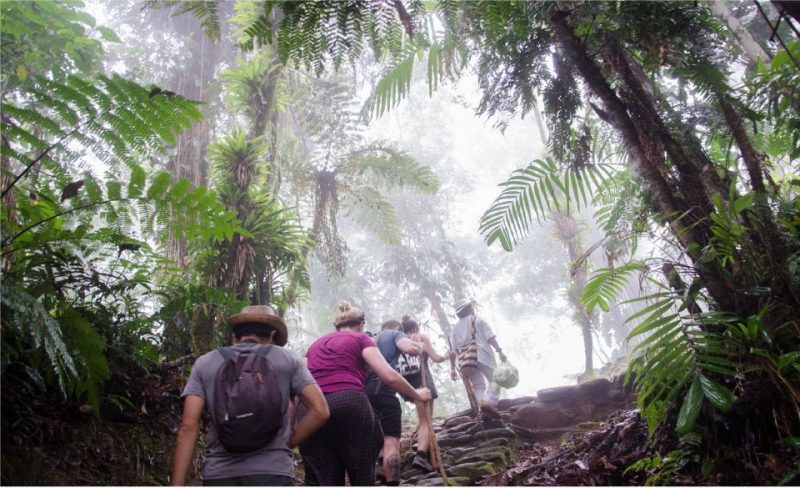
The Ciudad Perdida Trek in Colombia offers a fascinating journey to the “Lost City” of the indigenous Tayrona people. This lesser-known trail winds through dense jungles, river crossings, and ancient archaeological sites. By choosing local tour operators and opting for basic accommodation, you can enjoy this unique adventure without breaking the bank.
4. Qhapaq Ñan Trail, Ecuador
The Qhapaq Ñan Trail in Ecuador is part of the extensive Inca road system that once connected the Andean region, This trail offers a glimpse into the country’s rich cultural heritage and diverse landscapes. With affordable accommodations and transportation options, hiking sections of this trail can be a budget-friendly option for exploring Ecuador’s beauty.
5. Fitz Roy Trek, Argentina
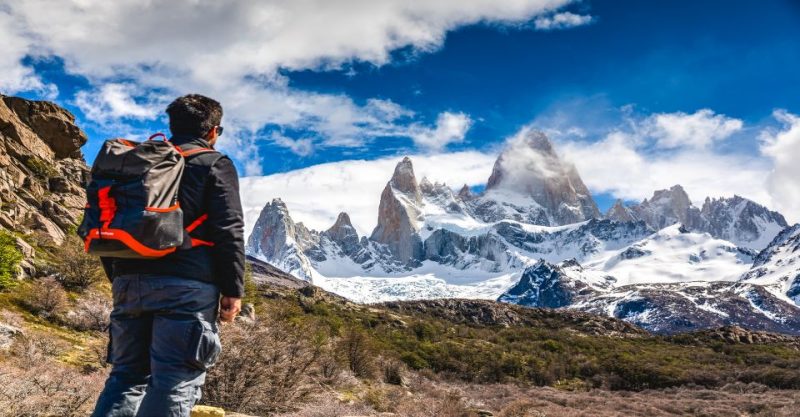
The Fitz Roy Trek in Argentina takes you through the stunning Los Glaciares National Park. This trek rewards hikers with breathtaking views of snow-capped peaks, crystal-clear lakes, and dramatic glaciers. With camping facilities and budget-friendly accommodations available in nearby El Chaltén, this hike offers an unforgettable experience without breaking the bank.
FAQ
Is hiking in South America safe for solo travelers?
Yes, hiking in South America can be safe for solo travelers if proper precautions are taken. It’s advisable to research the specific trail, inform others about your itinerary, and join guided tours or trekking groups for added safety and support.
Are permits required for hiking in South America?
Permits are required for some popular hiking trails in South America, such as the Inca Trail in Peru. It’s essential to check the specific requirements and secure permits in advance to ensure a smooth and legal hiking experience.
What is the best time to go hiking in South America?
The best time to go hiking in South America depends on the region and trail. Research the weather patterns and peak seasons of your desired hiking destination to choose the most suitable time for your adventure.
Can I find budget accommodations along the hiking trails?
Yes, budget accommodations are available along many iconic South American hiking trails. These include campsites, basic refugios, and affordable guesthouses in nearby towns. It’s recommended to book in advance during peak seasons.
How physically demanding are the budget hiking trips in South America?
The physical demands vary depending on the trail you choose. Some hikes require a moderate level of fitness, while others may be more challenging. Research the difficulty level and prepare accordingly with proper training and conditioning.
Are there any age restrictions for hiking in South America?
Age restrictions, if any, can vary from trail to trail. Some hikes may have minimum age requirements due to the level of difficulty or safety concerns. Check the guidelines and restrictions specific to your chosen trail.
Are there wildlife encounters during the hikes?
Yes, South America is known for its diverse wildlife. Depending on the trail, you may have opportunities to spot unique animals and birds. It’s important to follow guidelines for wildlife observation and maintain a safe distance to ensure both your safety and the animal’s well-being.
What should I do in case of an emergency during a hiking trip?
In case of an emergency during a hiking trip, it’s crucial to stay calm and assess the situation. If needed, activate any emergency communication devices you have, follow the designated emergency procedures of the trail, and seek assistance from fellow hikers or local authorities.
Can I drink tap water during the hikes in South America?
It’s generally not recommended to drink tap water directly during hikes in South America. Carry a reusable water bottle and use water purification methods such as filtration or purification tablets to ensure safe drinking water.
How can I respect and preserve the natural environment while hiking?
Respecting and preserving the natural environment is essential for sustainable hiking. Follow designated trails, avoid littering, refrain from disturbing wildlife, and adhere to leave-no-trace principles. Leave the trails as you found them, so future hikers can enjoy the same pristine beauty.
Conclusion
South America offers an abundance of budget-friendly hiking opportunities that cater to all adventure enthusiasts. From the iconic Inca Trail in Peru to the lesser-known treasures in Colombia, Ecuador, Chile, and Argentina, each hiking trip promises stunning landscapes, cultural experiences, and unforgettable memories. Remember to plan and prepare thoroughly, pack the necessary essentials, and immerse yourself in the natural wonders that South America has to offer.

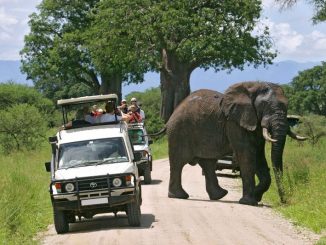


Be the first to comment